When I first saw large clover-like leaves emerging on one of our eastern slopes shortly after we moved here, I was fearful that we may have the moderately invasive Oxalis pes-caprae on the property. However, much to my surprise, and delight, this clover-like plant turned out to be our native Redwood Sorrel (Oxalis oregana).
Oxalis oregana is native to the west coast of North America, from British Columbia to California. Redwood Sorrel, as its common name implies, is often found in close association with coast redwood trees (Sequoia sempervirens). Ours is growing through redwood leaf litter in moderate to dense shade, primarily in the company of western sword ferns. Other common wild companion plants include giant chain fern, wild ginger and trillium.
The leaves of redwood sorrel are composed of three heart-shaped leaflets borne on 5-20cm stalks.
The stems and underside of the leaves are tinted burgundy to purple.
The conserve water the leaflets fold along a central axis during periods of drought, or when exposed to strong sunlight. The leaflets may also fold during periods of heavy rain which reduces the impact of the raindrops on the leaves.
Flowers are borne on solitary stalks and may reach up to 2 cm in diameter.
Flowers have five petals and sepals. Petal color can range from white to pink, often with darker lavender veins visible.
West coast Native American tribes have a long history of using Oxalis oregana. The Cowlitz are known to have used the juice as a medication for sore eyes. Pomo and Kashaya tribes utilized a decoction of the plant for rheumatism. Some tribes cooked and ate the leaves. Others, like the Pomo, Cowlitz, Makah and Kashaya ate the leaves raw for their tangy sour taste.[1] The sour taste of Oxalis oregana is due to oxalic acid, a compound present in all plants of this genus (in Greek oxys means sour).
Although the leaves are edible, in large quantities raw leaves may be harmful. Oxalic acid can bind calcium, forming calcium oxalate, a major component in kidney stone formation in humans.
In cultivated gardens, Oxalis oregana is used as a ground cover in shade gardens. Dense clay soil, and heavy root competition can slow the establishment of Redwood Sorrel in the garden, but once established it can spread rapidly. Without supplemental irrigation, plants will become dormant in the warm late summer months, but will re-emerge with the winter rains.
[1] Daniel E. Moerman’s Native American Ethnobotanical Database

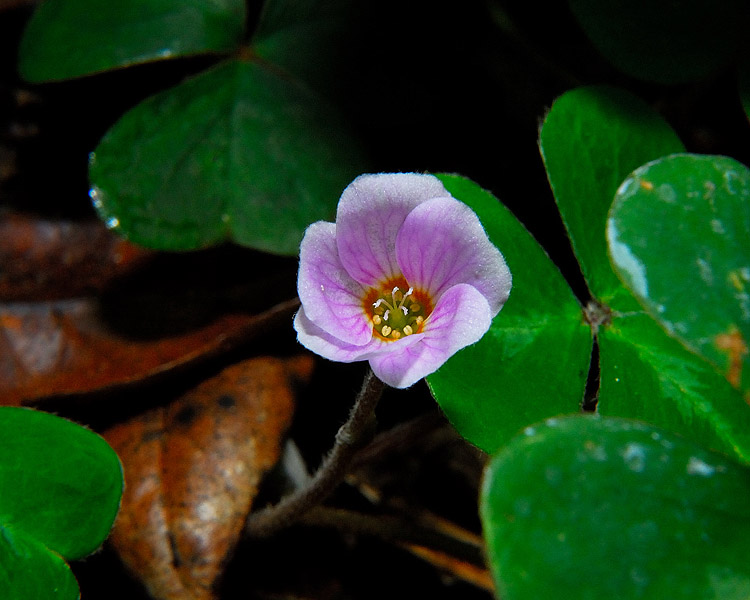

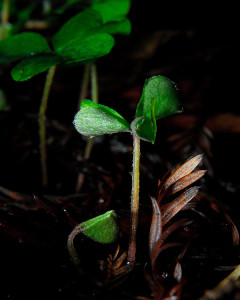
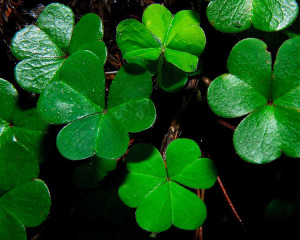
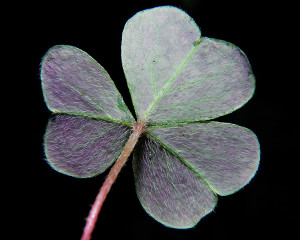
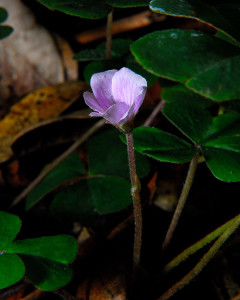

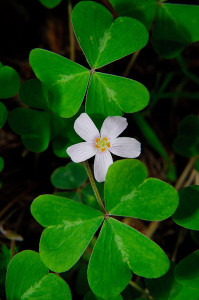
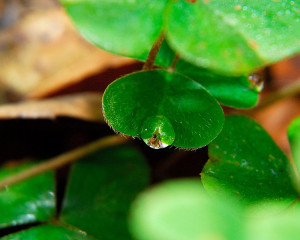







This redwood sorrel resembles our native Oxalis acetosella, wood sorrel (but that one has white flowers).
That’s a typical woodland plant, unlike the Oxalis stricta and Oxalis corniculata, that are not native, and tend to behave a little bit invasive…
I hope that once, I will have some woodsorrel in the grove in the farthest part of our yard…
Their sweet flowers really brighten up the shady spots underneath the redwoods. What a blessing that you have them!
Beautiful plant and great post. I knew nothing about this lovely native. How wonderful for you to discover it already established on your property!
We are very lucky to have them here. You wouldn’t notice them most of the year as I don’t water this area, so they disappear in summer. I’ve tried for the last two weeks to catch a photograph of a flower that’s open all the way, but they seem a little shy with all the rain we’ve had. They seem to close up when the weather turns nasty, and many of the buds were knocked off with the heavy rains. Hopefully, we’ll see many more blossoms soon.
I love this plant. It is the only ground cover that will grow under my big Cedar. It does die back in the dry summer so I don’t worry about it taking over. It’s just beginning to pop up now. I’ve noticed the same thing with the flowers, they almost predict the weather 🙂
I don’t have it natively on the property though I have seen it nearby. I introduced some from CNPS but I think the duff under the redwoods is too thick for it to take hold. I’m not sure if I should reduce the duff or not. Right now I have a few plants thriving under wire netting, as I fear the deer will eat them. I’m hoping they will spread from this protected location. But we’ll see!
Catherine, I’m glad someone else has noticed the barometer-like abilities of this plant. It really is quite remarkable.
Country Mouse, the deer don’t seem to touch it here, which surprises me, as the leaves are so tender. There’s a spot by the redwoods just uphill of these flowers where I’ve caught the deer snoozing during the day, so I know they’re there 😛
You might trying thinning the duff a little. These seem to be growing best where the duff isn’t as thick, and the light isn’t too bright. Worth a try!
What a great educative article! Thank you! And the pictures are very good too!
I love how this plant looks and performs as a groundcover in heavy shade. Thank you for telling us more about it’s characteristics.
I love this plant. We planted it in a narrow strip in the shade along a fence. It also gets some redwood litter from the neighbors yard. Good to know that it will go dormant in the summer if I don’t continue to water and come back. One thing I learned last year is that it didn’t appreciate receiving gray water (the rinse from our washer).